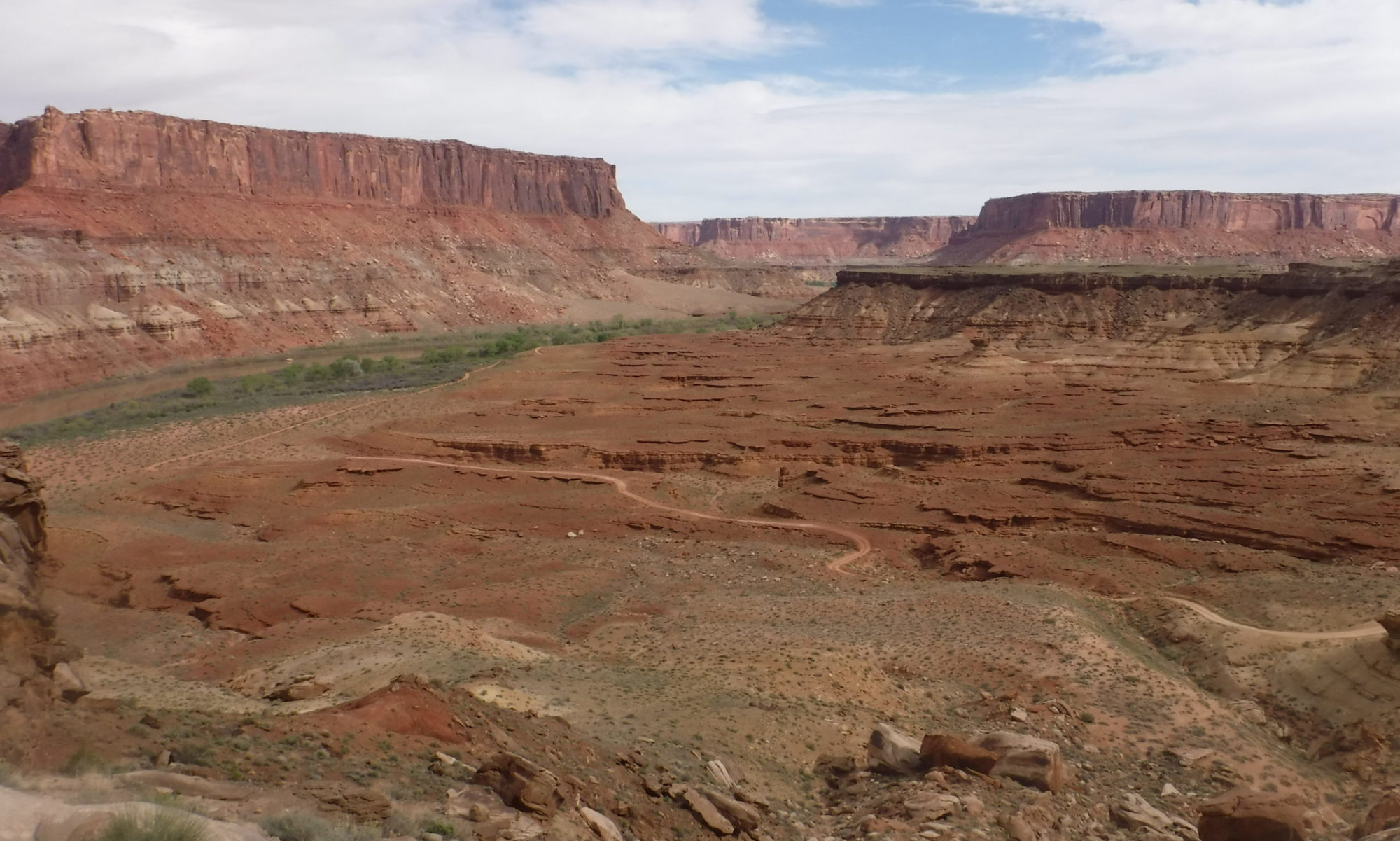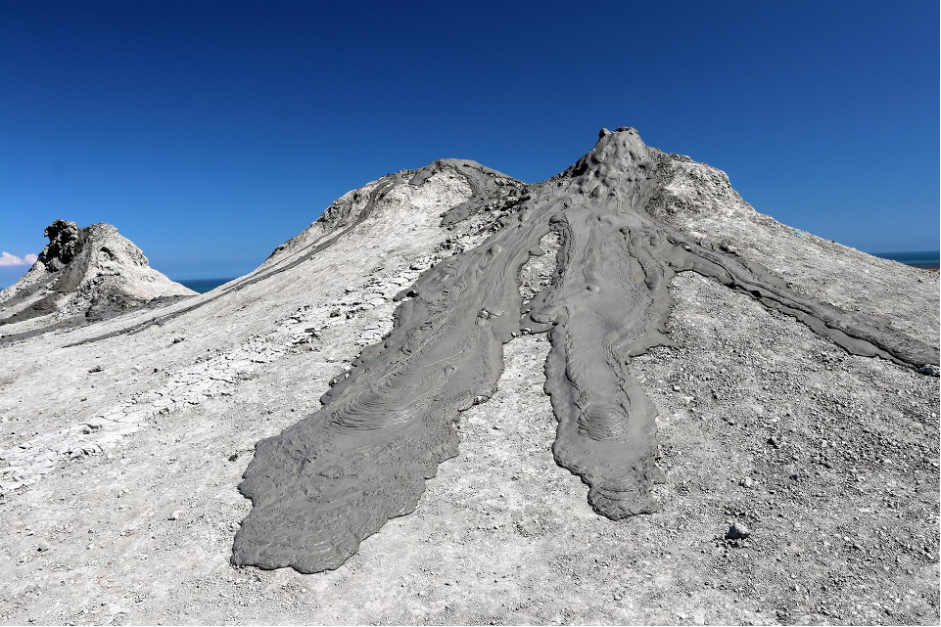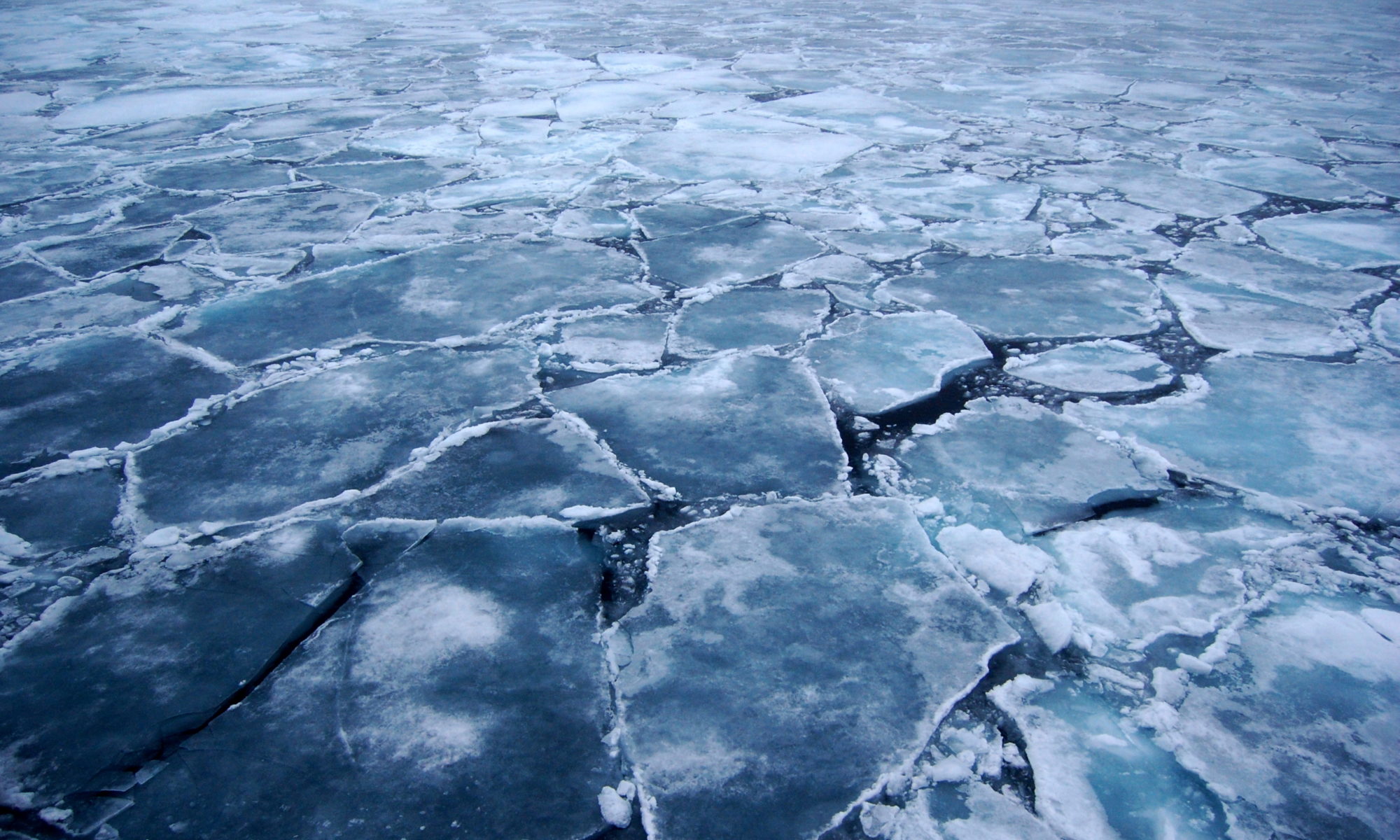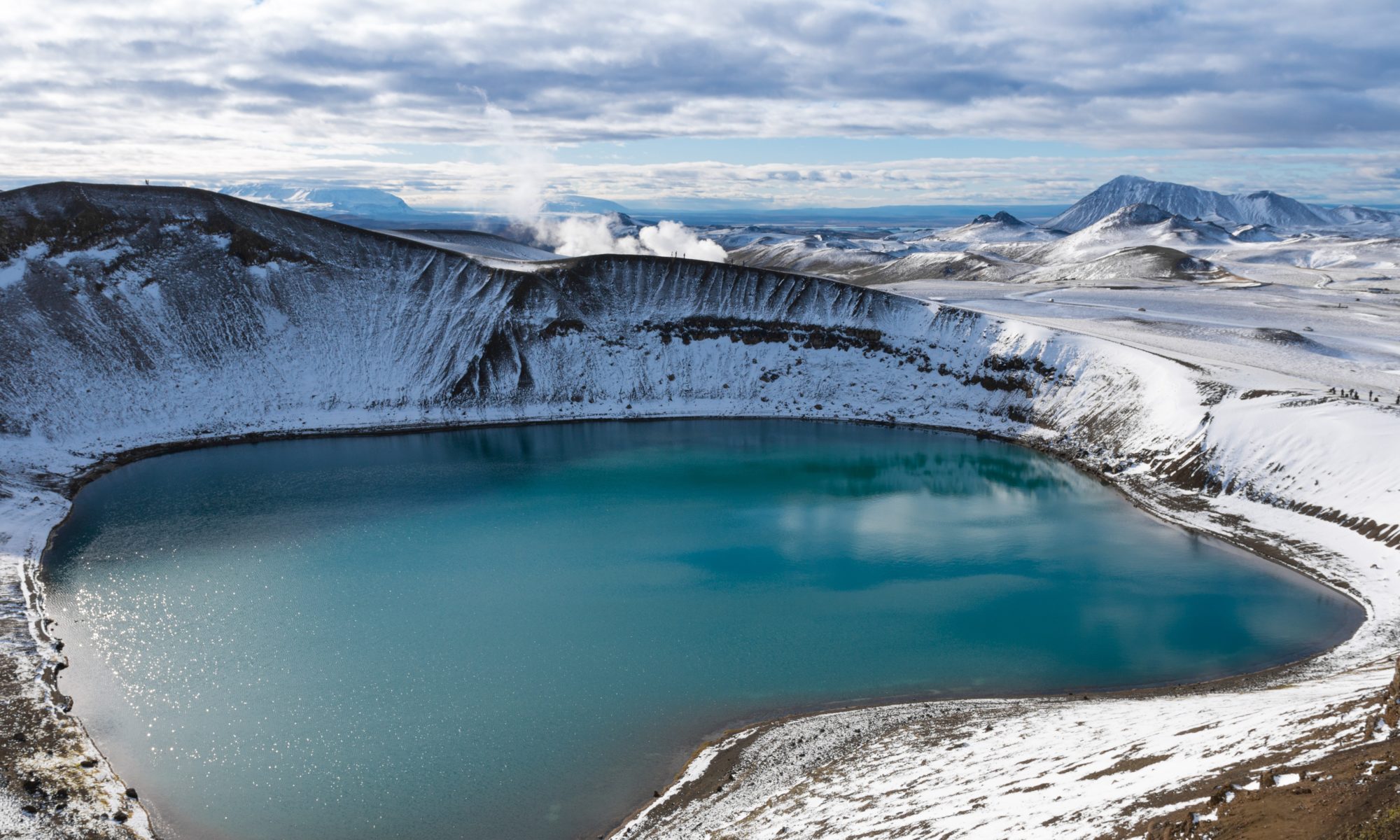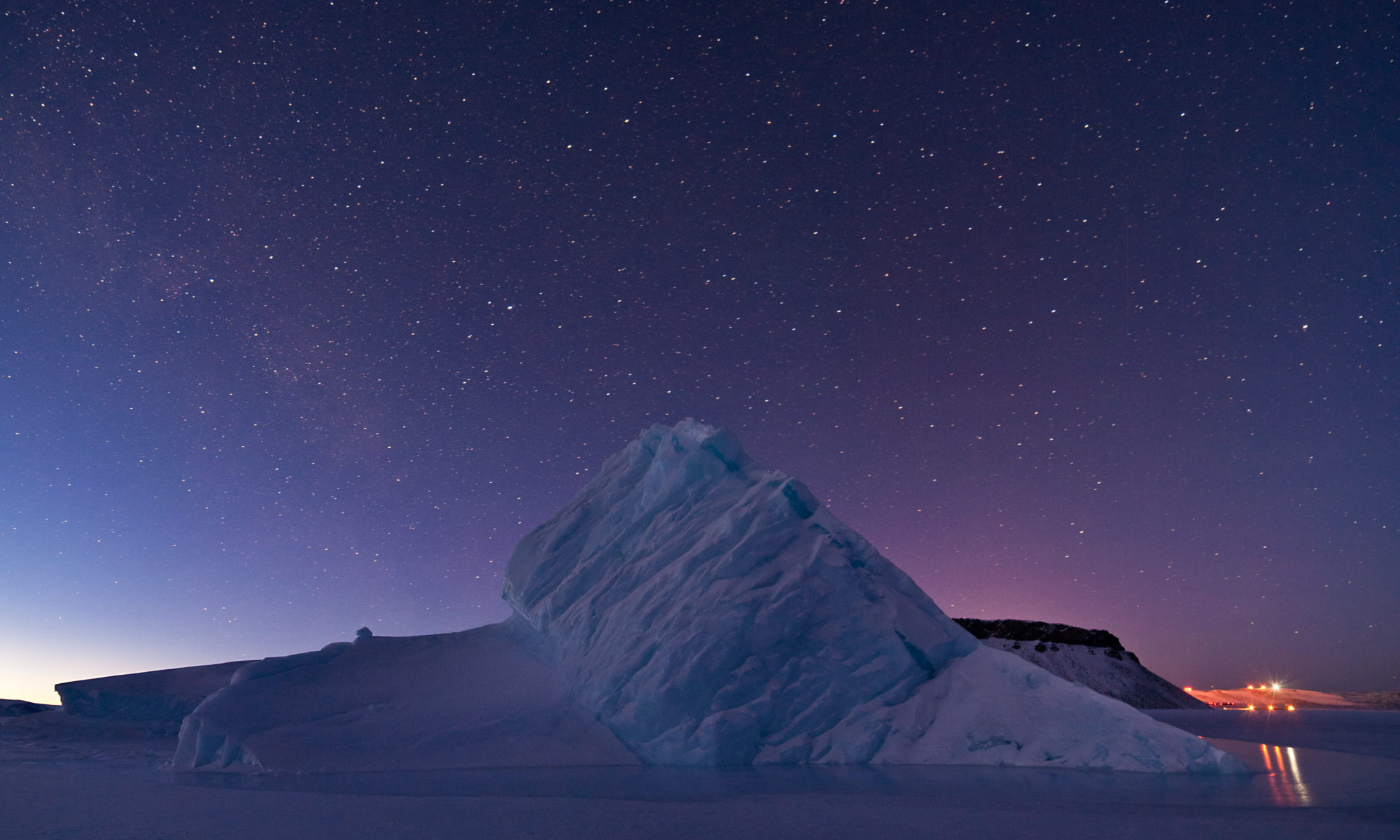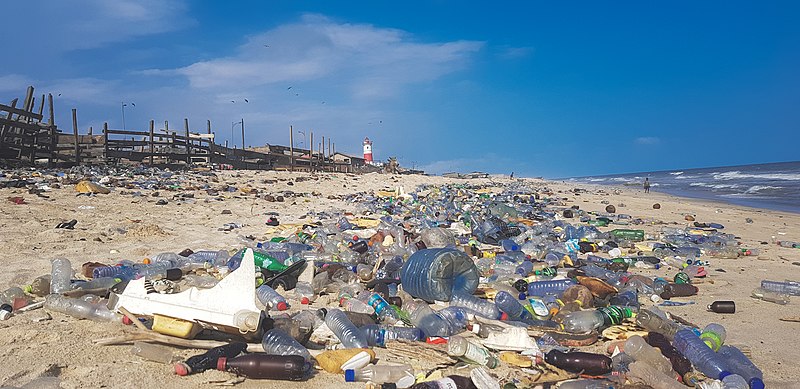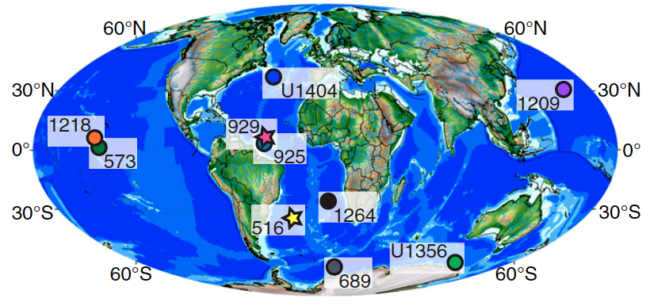Featured image: Plastic pollution in Ghana. Photo courtesy Wikimedia Commons/ Muntaka Chasant, CC BY-SA 4.0 license.
Paper: The global biological microplastic particle sink
Authors: K. Kvale, A. E. F. Prowe, C.-T. Chien, A. Landolvi & A. Oschlies
Scientists estimate that about 4% of the plastic waste generated globally ends up in the ocean, much of it in the form of microplastics. These tiny plastics, smaller than the width of a pencil, are a major pollution problem: because of their small size, they are extremely difficult to remove and can be transferred up the food chain to species that humans eat. Furthermore, harmful chemicals have been shown to adsorb onto microplastics, so consumption of microplastics may have indirect health impacts. While scientists have put together a “plastic budget” for the ocean by estimating inputs of plastic to the ocean and fragmentation rates of larger plastics into microplastics, models based on observations of the amount of plastic waste in the ocean suggest that there is less plastic in the surface ocean than expected based on these budgets. The authors of this study used a model to test two possible explanations for this ‘missing’ plastic, zooplankton ingestion and sinking to the sea floor with marine particles, and find that these biological pathways can account for 100% of the observed “missing” surface microplastic, even in simulations where these processes are modeled as being inefficient.
Continue reading “Where’s the plastic gone?”
